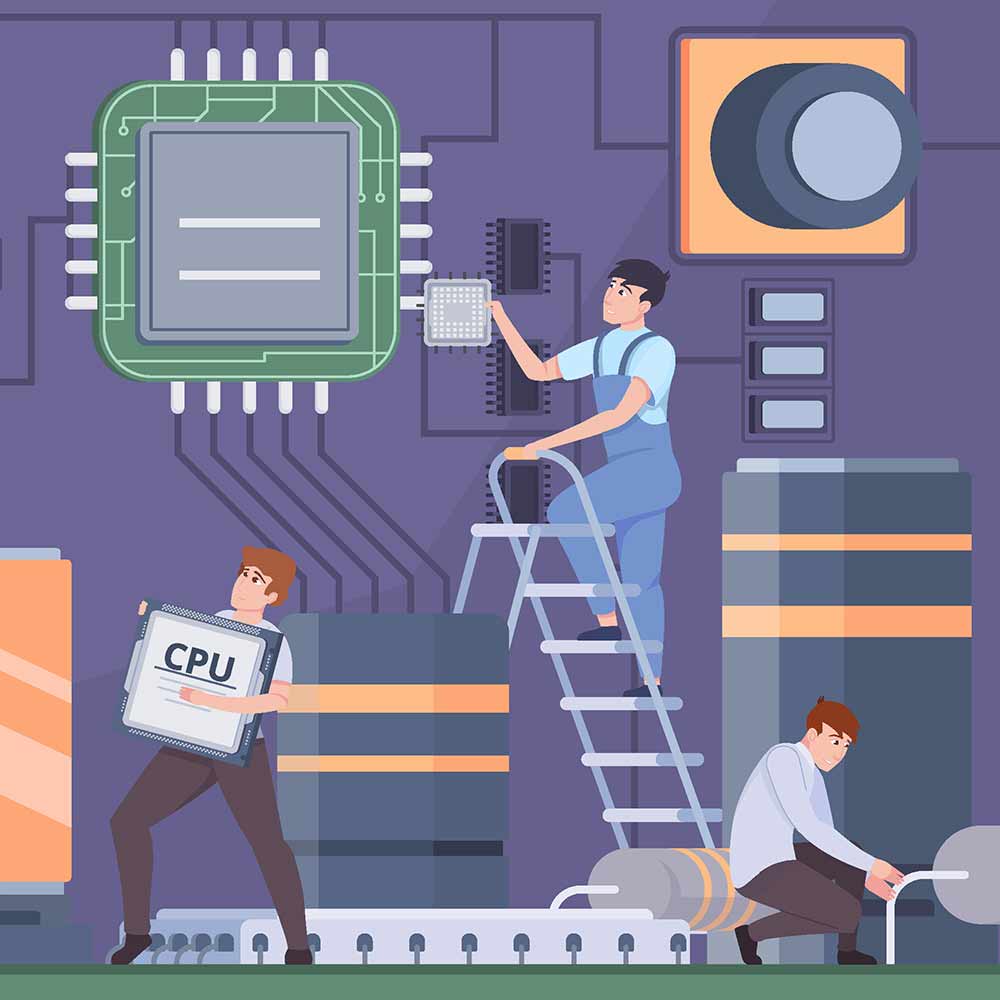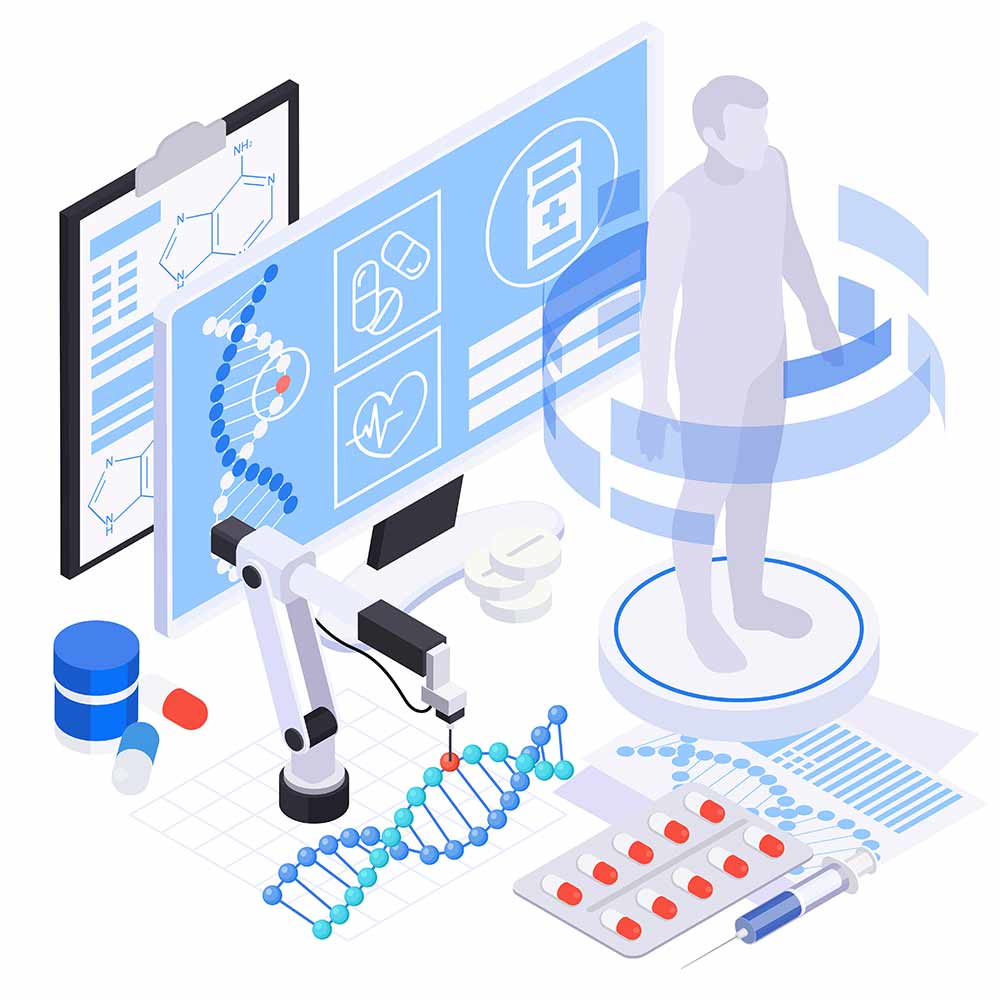Educational robotics: the robots are kids stuff
Schools are now introducing the basic principles of robotics to children at a very early age.
Self-learning robots, the frontier of quantum computing, new applications of AI, or the conquest of outer space will shape our future.
The history of mankind is bursting with plenty of scientific breakthroughs that have marked our evolution, such as the invention of the wheel, the Gutenberg press, the telephone, penicillin… Some of those discoveries were the result of the accumulation of knowledge and others were complete serendipities, but the truth is that each of those innovations changed our world forever.
Nowadays, the exponential growth behind those discoveries is almost frightening. According to the scientist Ray Kurzweil, at this rate, the incoming breakthroughs of the XXI century will seem like going from painting the walls that adorn the caves of Altamira to walking on the Moon in just one generation. A frenzied pace out of which we highlight these 8 science and technology advancements that may be key.
In this article you will learn about the following developments:
AI exemplifies how a series of quantitative scientific changes can culminate in greater scientific advances. Although the concept of artificial intelligence had been in use since the mid-20th century, it wasn't until the second decade of the 21st century that it truly gained momentum. Tools like ChatGPT or Midjourney have seamlessly integrated into users' daily lives, akin to the Internet's widespread adoption as a mass communication system in the 1990s.
Nevertheless, the most significant developments are on the horizon. The rise of multimodal artificial intelligence will enable the interpretation of texts, images, and videos interchangeably. Furthermore, it will prove to be a vital ally in the field of robotics, fostering the creation of autonomous machines. Here are some of the most promising applications:
If artificial intelligence has achieved the aforementioned remarkable trajectory, much of its success can be attributed to the prevalence of big data. This refers to the existence of vast amounts of both structured and unstructured data, experiencing exponential growth, which can be analyzed to identify patterns and predict events. Presently, governments and businesses harness the power of big data to enhance services for citizens and consumers, ensuring more effective outcomes. Here are some noteworthy examples:

In March 2023, Intel and the Betty Moore Foundation declared the demise of Moore's Law. Conceived in 1965, the law predicted a doubling of the number of transistors on a chip every two years. However, the constraints of miniaturization, now reaching two nanometers, necessitate alternative approaches to enhance computing power further.
The transition from bits—representing the current binary systems of zeros and ones—to qubits, incorporating an indeterminate state based on the principles of quantum physics, emerges as a mid-term solution. The progression of this technology appears relentless, underscored by Atom Computing's announcement in 2023 of the first computer surpassing 1000 qubits. Such computers will wield unprecedented power, enabling them to execute tasks such as the following:
The evolution of the Internet of Things has ushered in the era of smart homes, enabling the automation of parameters like temperature and humidity, all conveniently managed through a smartphone. However, increasingly, the cities themselves are becoming smarter with interconnected sensors communicating seamlessly. Smart Cities are aptly named for their ability to optimize processes through the Internet of Things.
Noteworthy examples include the efficient water management implemented in cities like Burgos. The future holds the promise of buses capable of navigating traffic seamlessly, energy systems overseen by Virtual Power Plants, and a plethora of technological applications geared toward forging more sustainable and efficient urban landscapes.
Nanotechnology is essentially the ability to shape the behavior of atoms and molecules and develop devices on a microscopic scale, the so-called nanorobots. The pioneer of this new approach was Nobel laureate Richard Feynman, who in 1959 proposed the possibility of writing the twenty-four volumes of the Encyclopaedia Britannica on the head of a needle. This required working at nanometer scales, i.e., one billionth of a meter. For example, the helical structure of DNA is two nanometers thick. One nanometer could hold seven oxygen atoms.
Today, nanotechnology is opening the door to scientific breakthroughs such as:

The 2020 Nobel Prize in Chemistry was awarded to Charpentier and Doudna for developing the CRISPR-Cas9 gene-editing technique. While nanotechnology is the ability to create new materials and devices at atomic scales, CRISPR offers something similar in genetics—the possibility of cloning, modifying, or deactivating genetic chains at will.
This technique makes it possible to locate DNA fragments in a cell and change them relatively cheaply. The acronym CRISPR stands for Clustered Regularly Interspaced Short Palindromic Repeats. And these are four of its most interesting applications:
Today, the creation of artificial materials, whether through new alloys or nanotechnology, is helping to revolutionize our world. The production of ultra-light aerogels or nitinol, an alloy of nickel and titanium that has the memory to return to its original shape. These are two examples of an almost infinite field.
That said, one of the most promising scientific advances is the creation of metamaterials, or what amounts to the same thing: an artificial material with microscopic structures designed to control the movement of light, sound and other waves. As a result, they offer exceptional properties, such as bending light around objects or changing the direction of sound in ways that would seem impossible. These are some of their most exciting applications:
Since the historic Apollo XI mission landed humans on the moon in 1969 during the space race era, the pursuit of sending humans to the moon or other planets took a backseat. Until the early 21st century, efforts were primarily directed toward the International Space Station (ISS) and uncrewed missions, including satellites and exploration of Mars and the Moon.
However, the landscape is changing with the entry of private companies into the space exploration arena and the endeavors of new players like India and China. The prospect of establishing human colonies on the moon or even Mars is now on the agenda. Notably, 2025 is anticipated to mark the first participation of a woman in a lunar mission. Concurrently, the launch of the James Webb Space Telescope, touted as the most advanced in history, continues to push the boundaries of our understanding of the cosmos. Here are some of the most ambitious space projects unfolding today:
Want to stay informed about the latest scientific and technological advancements and the potential of renewable energies? Subscribe to our newsletter at the bottom of this page to receive updates straight to your inbox.
Sources:
All fields are mandatory.
Read the most discussed articles
{{CommentsCount}} Comments
Currently no one has commented on the news.
Be the first to leave a comment.
{{firstLevelComment.Name}}
{{firstLevelComment.DaysAgo}} days ago
{{firstLevelComment.Text}}
Answer{{secondLevelComment.Name}}
{{secondLevelComment.DaysAgo}} days ago
{{secondLevelComment.Text}}